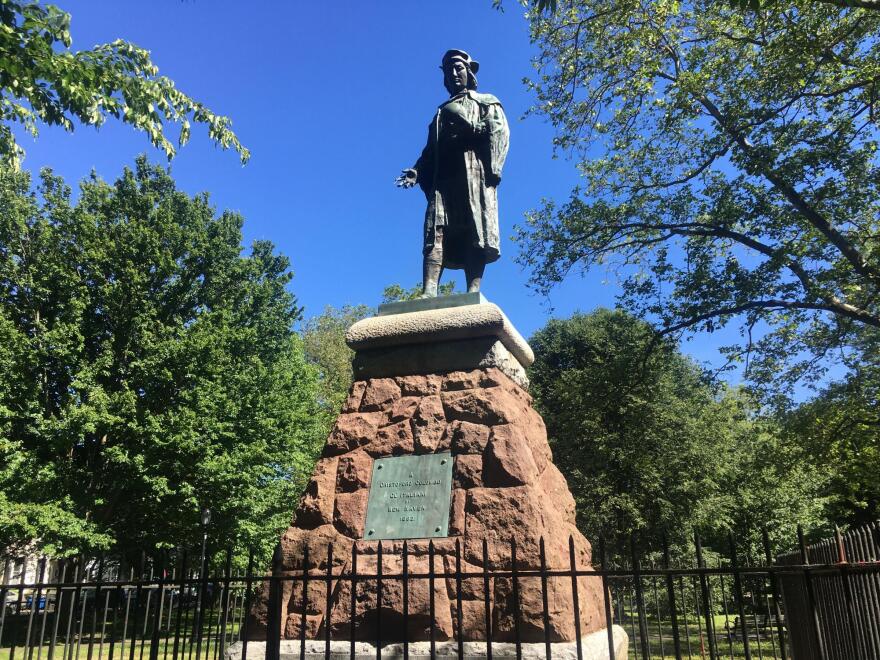On Father’s Day, my family took my dad somewhere I'd never been: the deCordova Sculpture Park and Museum in Lincoln, Massachusetts. Its highlight is an outdoor landscape populated by dozens of sculpted works.
That same day, in North Carolina, a 75-foot-tall monument to the Confederate dead was removed from the state Capitol grounds by order of the governor.
The third such statue removed in as many days, the monument had stood high over Raleigh since 1895.
Also announced that day was the removal of the Theodore Roosevelt statue from outside the Museum of Natural History in New York City. It features Roosevelt on horseback trailed on foot by the likenesses of a Native American man and a Black man.
Trump's order is, at best, a measure intended to tell not the American story, but rather, a glorified version of it.
What should we do with all these statues coming down? Some prefer to keep them out of sight, out of mind; others, destroyed. Still others wish they'd been left untouched.
As a student of public history, I see these statues as important resources from which we could learn how deep structural racism has infiltrated our culture.
After our trip to the deCordova, my mom asked me what I thought about the more than 10 monuments that had come down in the span of a week. I couldn’t help but feel like we’d just experienced 30 acres and 60 statues' worth of a solution.
We could follow Eastern Europe’s example. Statue parks in post-Communist Hungary, Lithuania, and Romania were built on “sites of terror,” spots where atrocities like detention and torture were committed. The intent was to hollow out the meaning of these symbols, diminish their political relevance and demonize Communism.
I’m not suggesting Christopher Columbus and Theodore Roosevelt are necessarily the same class of villain as Joseph Stalin. But we need to recognize that they contributed to some of the more painful aspects of our country's history.
Trump’s statue park is by design a superficial celebration of "heroes," focusing on cherished aspects of the past while ignoring other troubling ones.
His order is, at best, a measure intended to tell not the American story, but rather, a glorified version of it.
My worry is that Trump may silence elements of the past that the present anti-racist movement has shown absolutely still require a public reckoning.
Nick DeLuca is working toward a master's degree in public history at UMass Amherst.





